Even though many backyard gardeners would imagine having acres of room for their plants, you can do a lot with only a few square feet. Plant veggies that climb on a trellis or post to make the most of a tiny garden. These plants produce a lot of food in a little space and are ideal for container gardening. The ideal complement to any culinary garden is not anything else but these dozen climbing vegetable plants.
These plants are easy to plant on small trellises, and what you have to do is set up a sturdy trellis that can stand storms and bad weather conditions. Moreover, most of the plants below produce fruits, so you should protect the fruits by covering them with netting, bags, or old sheets to avoid the danger of predators.
#1. Pole Beans (Phaseolus Vulgaris)
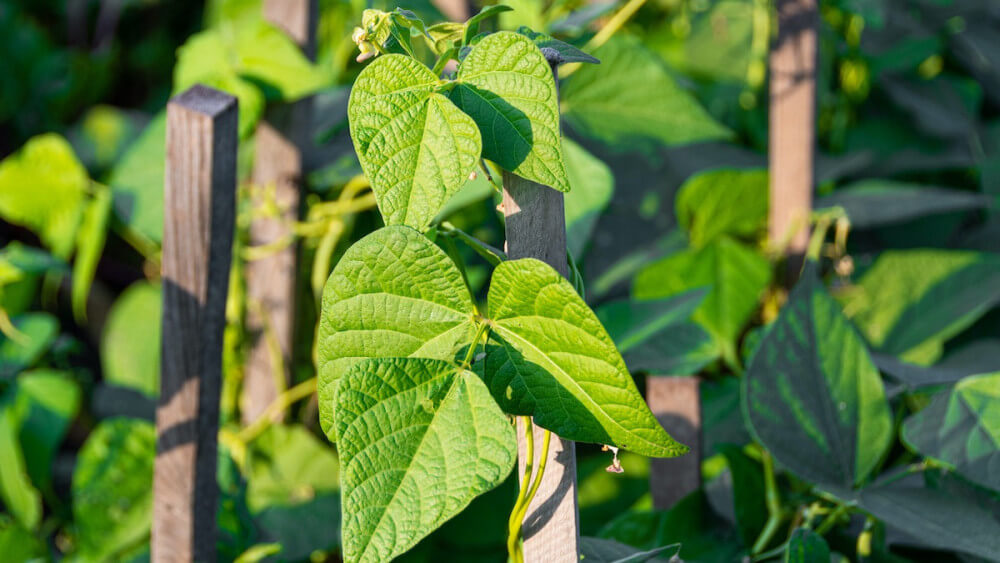 Source: MasterClass
Source: MasterClass
To produce a fruitful harvest, pole beans require well-drained soil and enough organic amendment. Full sun is desirable at temperatures of at least 60 degrees F (16 degrees C). Pole beans require at least an inch (2.5 cm.) of water every week and should not be allowed to dry out, but they also do not tolerate wet soils. Pole beans require a 6-foot (2m.) high support system, and the vines can grow to be 5 to 10 feet (1.5-3 m.) long.
#2. Cucumbers (Cucumis Sativus)
 Source: Real Simple
Source: Real Simple
Warm, muggy conditions, loose, organic soil, and lots of sunshine are favorable to cucumber growth. Select a location for your cucumber crop that has good drainage and healthy soil. Cucumbers may be taught to climb a fence or trellis in smaller gardens.
A trellis or fence may be used to train cucumbers, which will save space and elevate the fruit off the ground. Additionally, this technique can give your lawn a neater appearance.
#3. Loofah (Luffa Spp.)
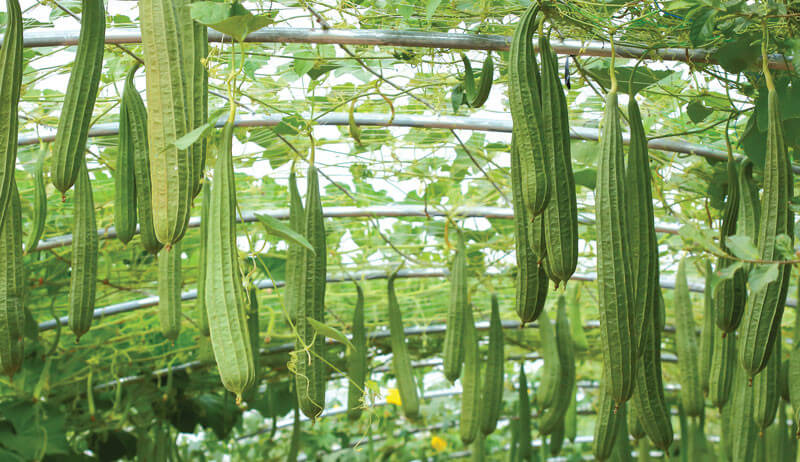 Source: Hobby Farms
Source: Hobby Farms
Luffa vines grow quickly and need a strong trellis to keep the fruit off the ground and allow for optimum air circulation. Fruit rot, browning, and misshaped bent gourds can result from soil contact. Add thread in a V-pattern to train the vines so the tendrils have something to hold onto.
Luffa requires at least six hours of direct sunlight every day, preferably more. Luffa may thrive in any soil type (pH range of 6.0 to 6.5 preferred), although it requires sufficient drainage.
#4. Peas (Pisum Sativum)
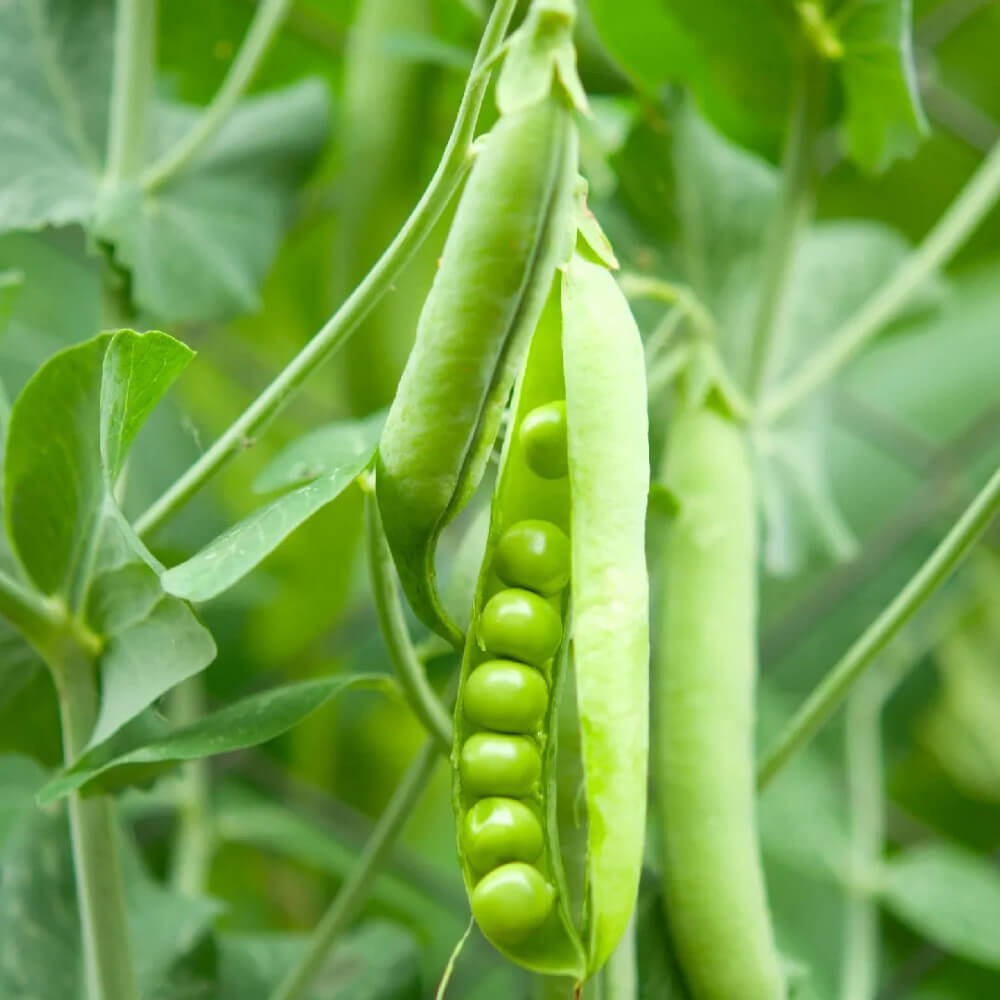 Source: PictureThis
Source: PictureThis
Pea plants need a trellis to sustain their propensity for climbing. Thick wire panels, like cattle panels, are ideal for this use. As an alternative, you may construct a system of chicken wire or twine, bamboo trellises, or both for peas to climb. Peas cannot endure soggy soil, high heat, or drought. Peas should be cultivated in an open, protected area on deep, moisture-retentive soil.
#5. Chayote (Sechium Edule)
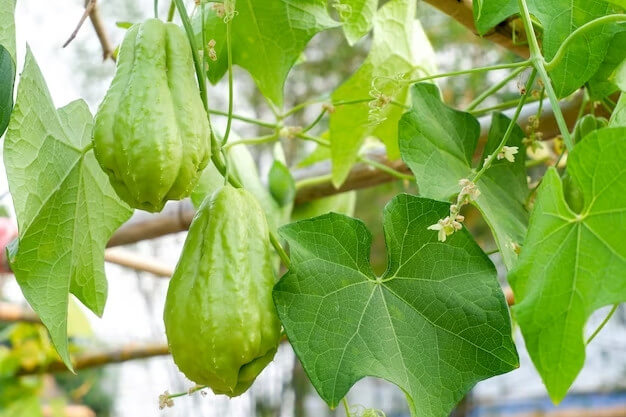 Source: Freepik
Source: Freepik
The vines will grow on almost any structure, even trees, but planting them on a 6-foot tall trellis allows for simpler vine management and fruit harvesting. When the vines are laden with fruit, the trellis must be robust enough to hold them.
Chayote thrives on loose, well-drained soil that retains moisture and is high in organic matter. Plant in full light, if a robust vine in partial shade, the fruits will be significantly smaller.
#6. Rocoto Pepper (Capsicum Pubescens)
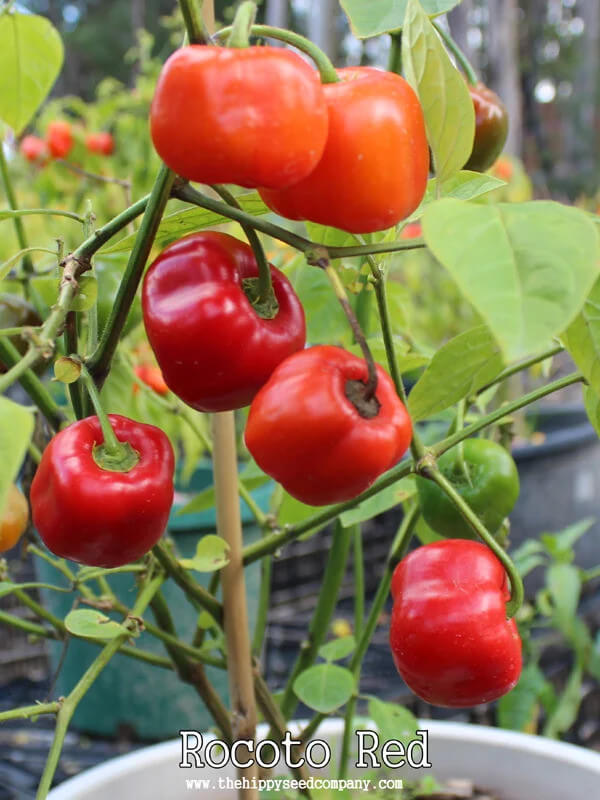 Source: The Hippy Seed Company
Source: The Hippy Seed Company
They do well in milder climates with some sunlight. They thrive in temperatures between 45 and 60 °F after they are planted outside. Above 70°F, it will be challenging to get your rocotos to bloom outside. In order to sustain their vine-like structure, rocotos like damp, loamy soil and thrive well with trellising. Use the right fertilizer to ensure their success since they love soil that is rich in calcium and magnesium.
#7. Tomatoes (Solanum Lycopersicum)
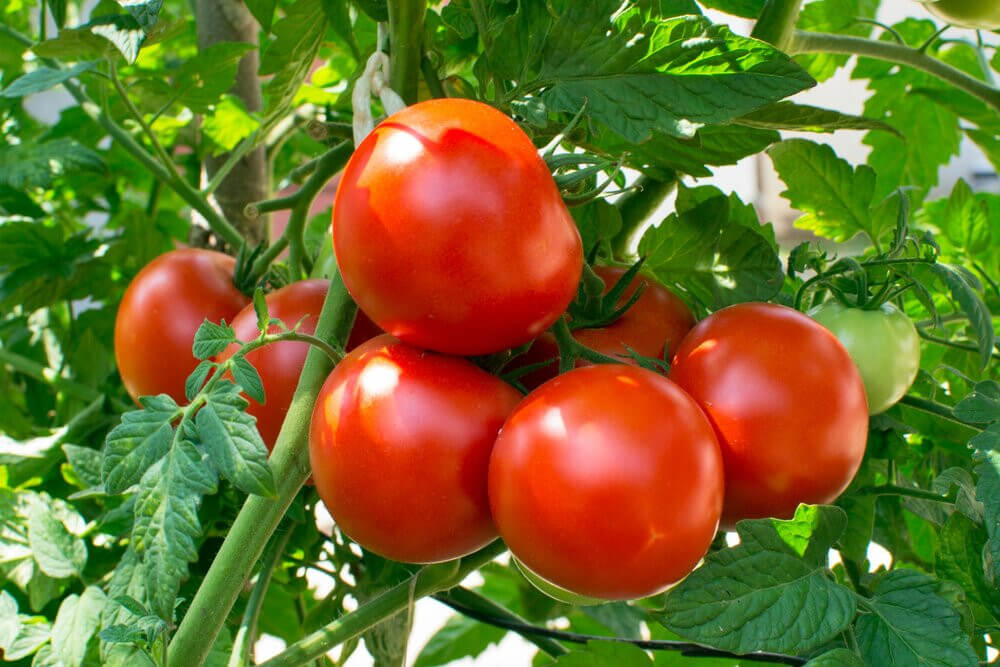 Source: Spadefoot Nursery
Source: Spadefoot Nursery
You may not realize it, but tomato plants will gladly grow along the ground if you let them to. Unfortunately, this can encourage fungal tomato illnesses, provide easy access to fruit for pests and rodents, and reduce output. Gardeners have long trained their tomato plants to grow vertically as a result of all of this.
Tomatoes flourish in rich, free-draining yet moisture-retentive soil. Let’s choose the warmest, sunniest, wind-protected location to grow tomatoes.
#8. Melon (Cucumis melo)
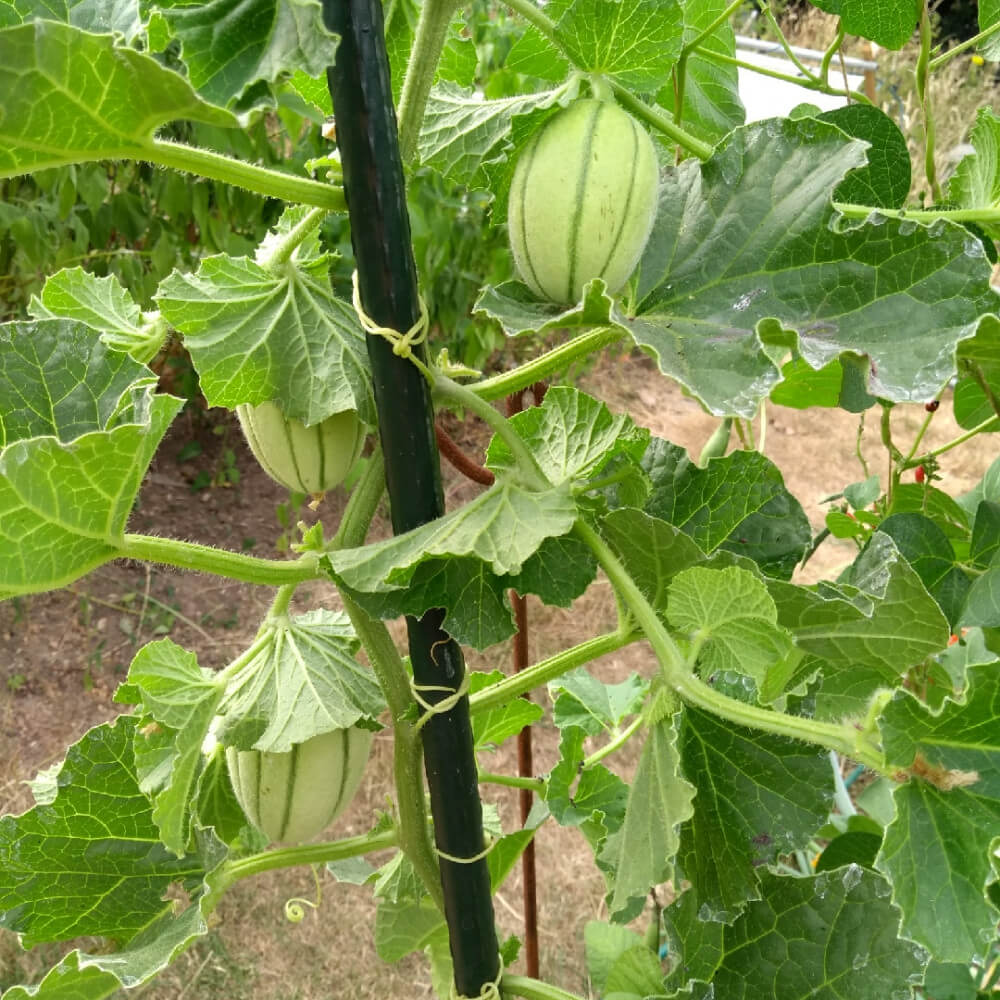 Source: GardenTags
Source: GardenTags
Install a trellis that can support the weight of the ripe fruit and the melon plants. By training the vines up a support structure, such as concrete reinforcing wire, you may encourage them to ascend. Growing melons vertically requires more work than just getting the plants up the trellis.
Sweet melons require a lot of sunlight, warm weather, adequate water supply, and a clean, pest- and disease-free environment. The fruits won’t produce enough sugar when the plant is stressed, whether it is from insects, leaf diseases, weeds, inadequate nutrition, too much or too little water, cold or foggy weather, or other factors.
#9. Hops (Humulus lupulus)
 Source: Stark Bro’s
Source: Stark Bro’s
Run a thick wire or trellis string from the top of the support down to each planted root and secure it with a U-shaped garden stake. Grow Humulus lupulus in full sun in wet but well-drained soil. Every spring, aggressively prune the leaves to encourage new growth.
#10. Winter Squash (Cucurbita maxima)
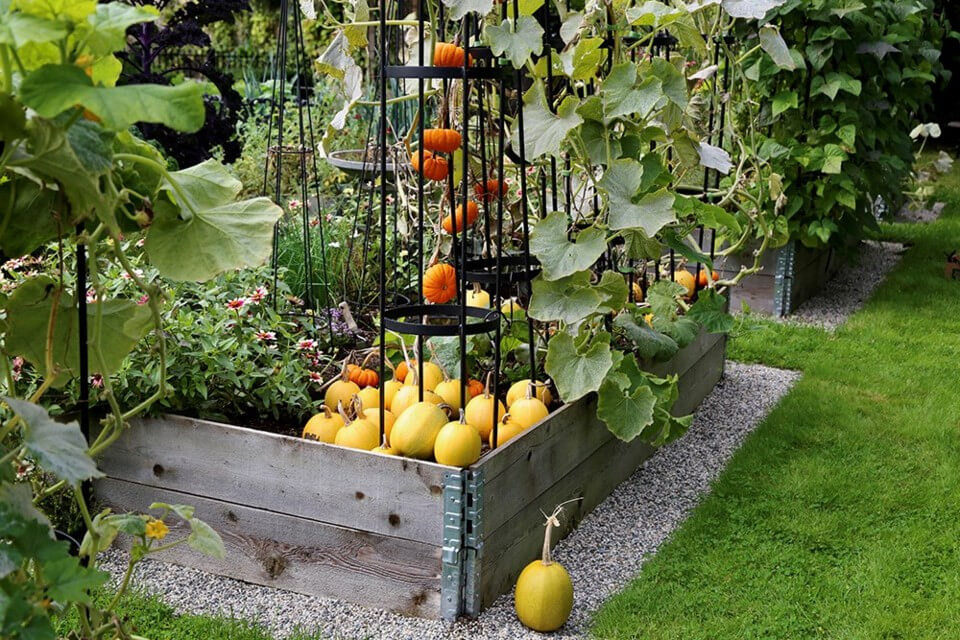 Source: North Shore News
Source: North Shore News
While it doesn’t require one, squash does benefit from a trellis. Squash will grow everywhere it is let to roam, including on fences, raised beds, flat ground, and other surfaces. Your squash will stay where you want it to be if you provide a trellis. Plant winter squash on rich, permeable soil that has been significantly composted.
#11. Malabar Spinach (Basella alba)
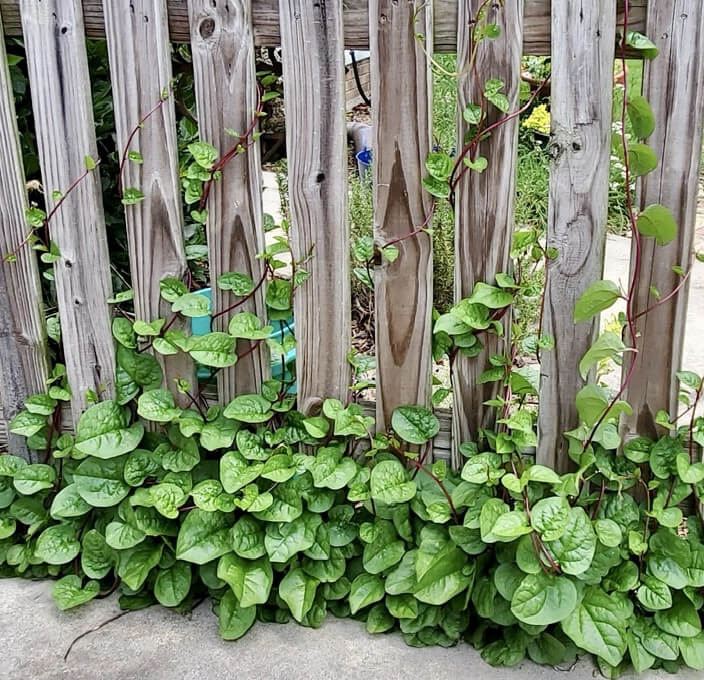 Source: North Carolina Extension Gardener Plant Toolbox – NC State University
Source: North Carolina Extension Gardener Plant Toolbox – NC State University
Malabar spinach is a robust climber that requires trellising or other assistance. Other plants will succumb to it rapidly. Malabar spinach is a lovely vine that may be planted as an ornamental. Malabar spinach should be grown in full light. It thrives on rich, wet, well-drained soils. Provide regular hydration throughout the season, since plants will blossom if the soil becomes too dry.
#12. Summer Squash (Cucurbita Pepo)
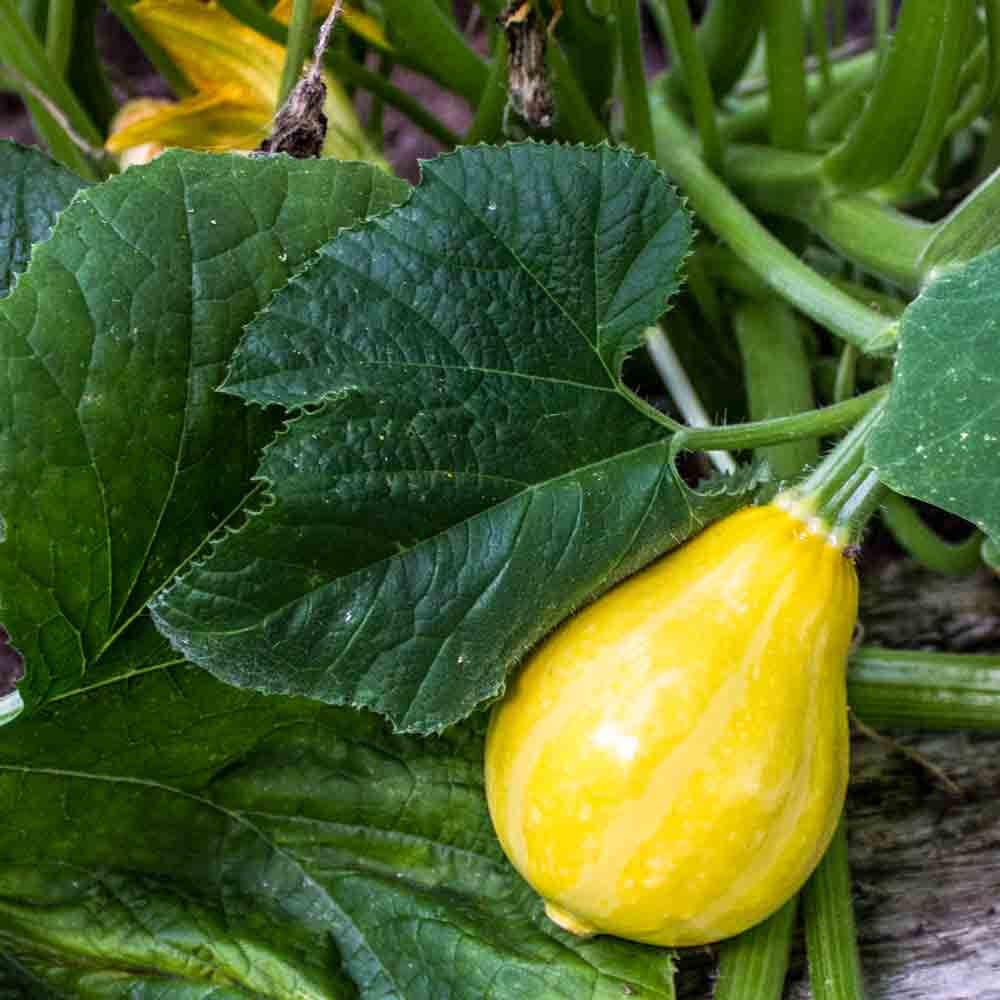 Source: Terroir Seeds
Source: Terroir Seeds
Grow them in an area that gets 6 or more hours of sun and has rich, well-drained soil. Give your native soil a nutrient boost by incorporating several inches aged compost or other rich organic matter. Trellising has the added benefit of reducing the incidence of a major zucchini pest insect, the squash bug.
